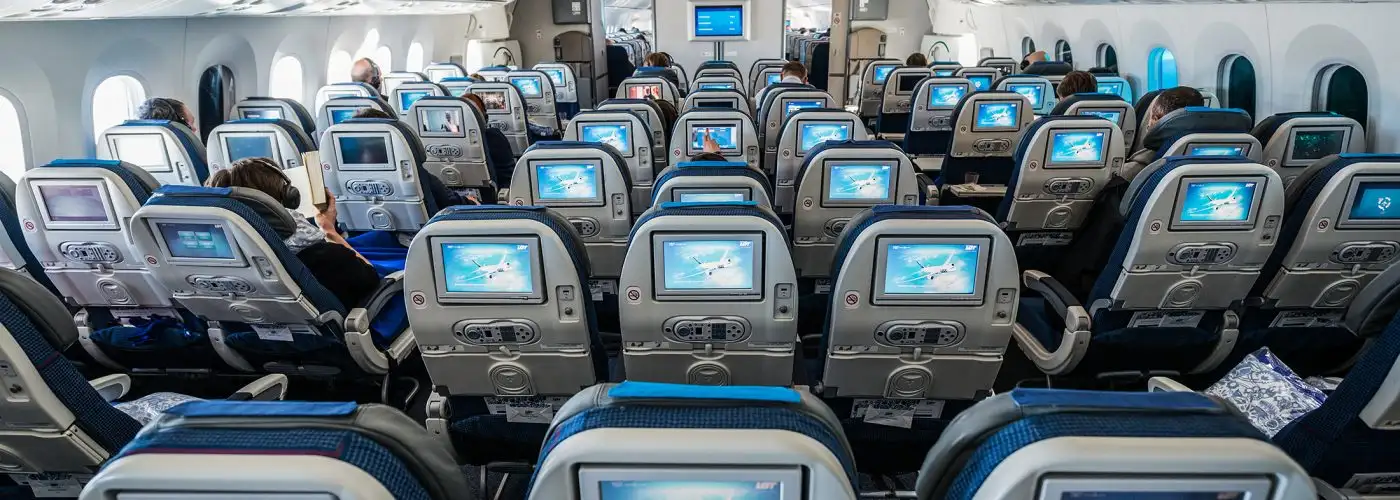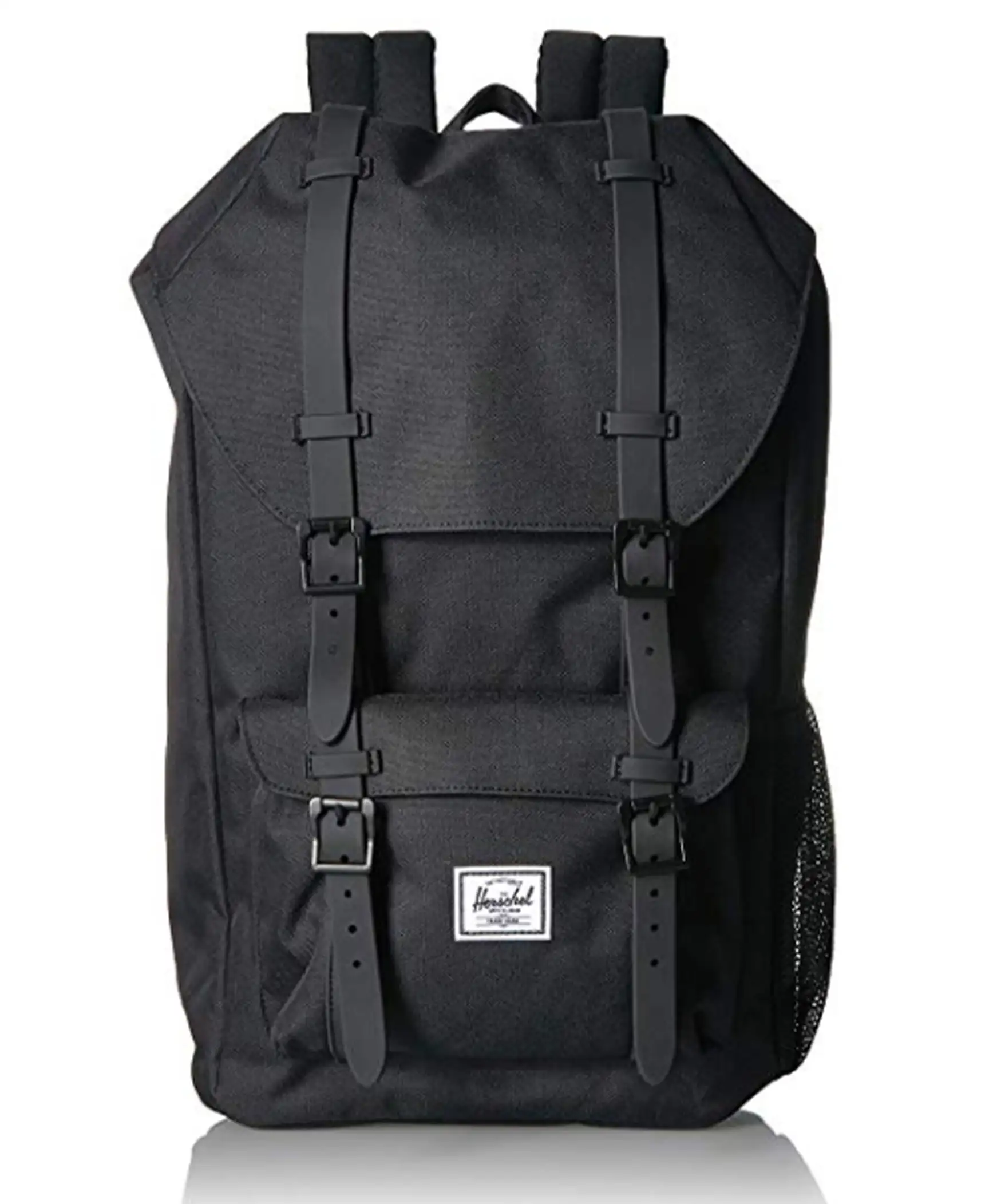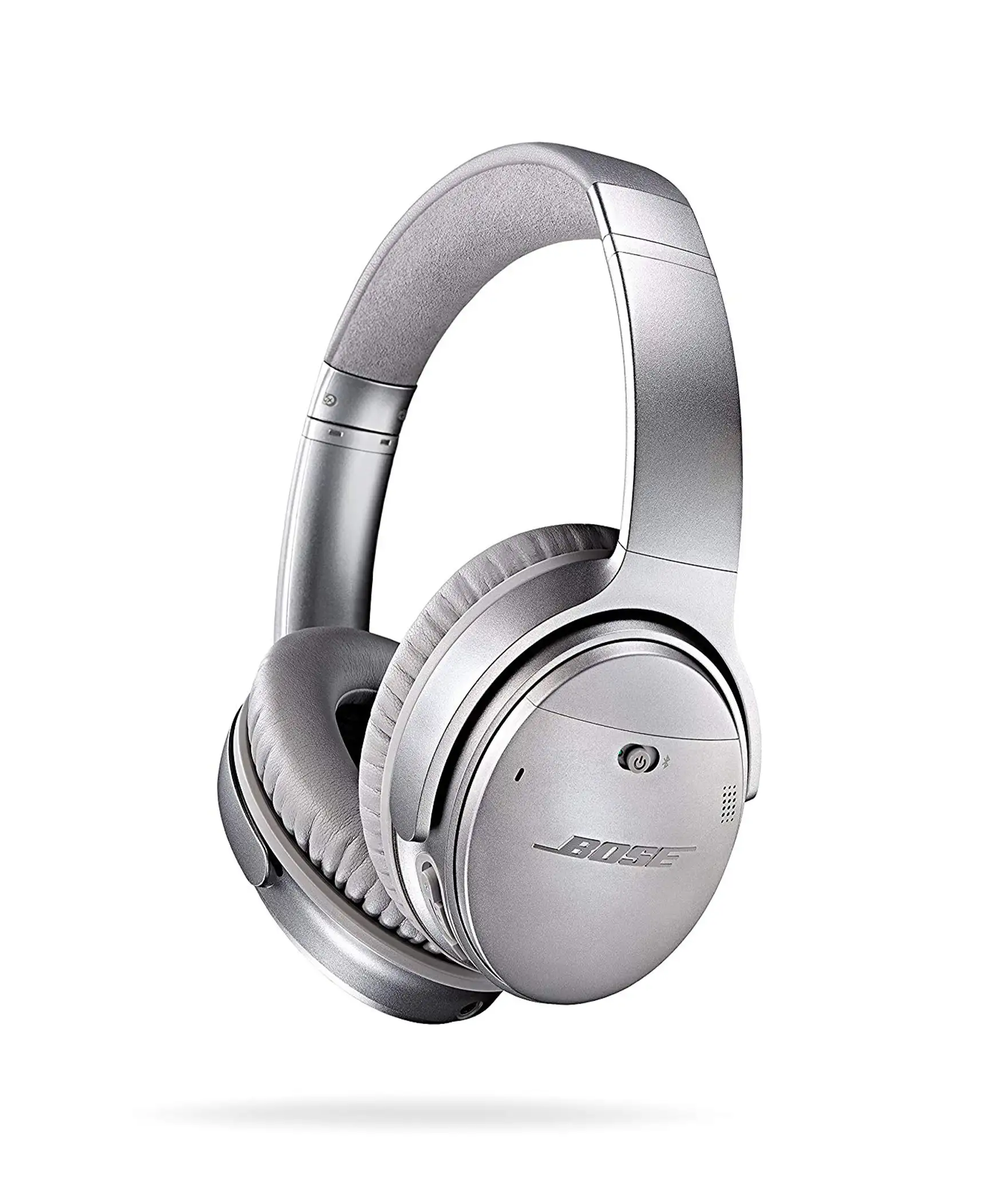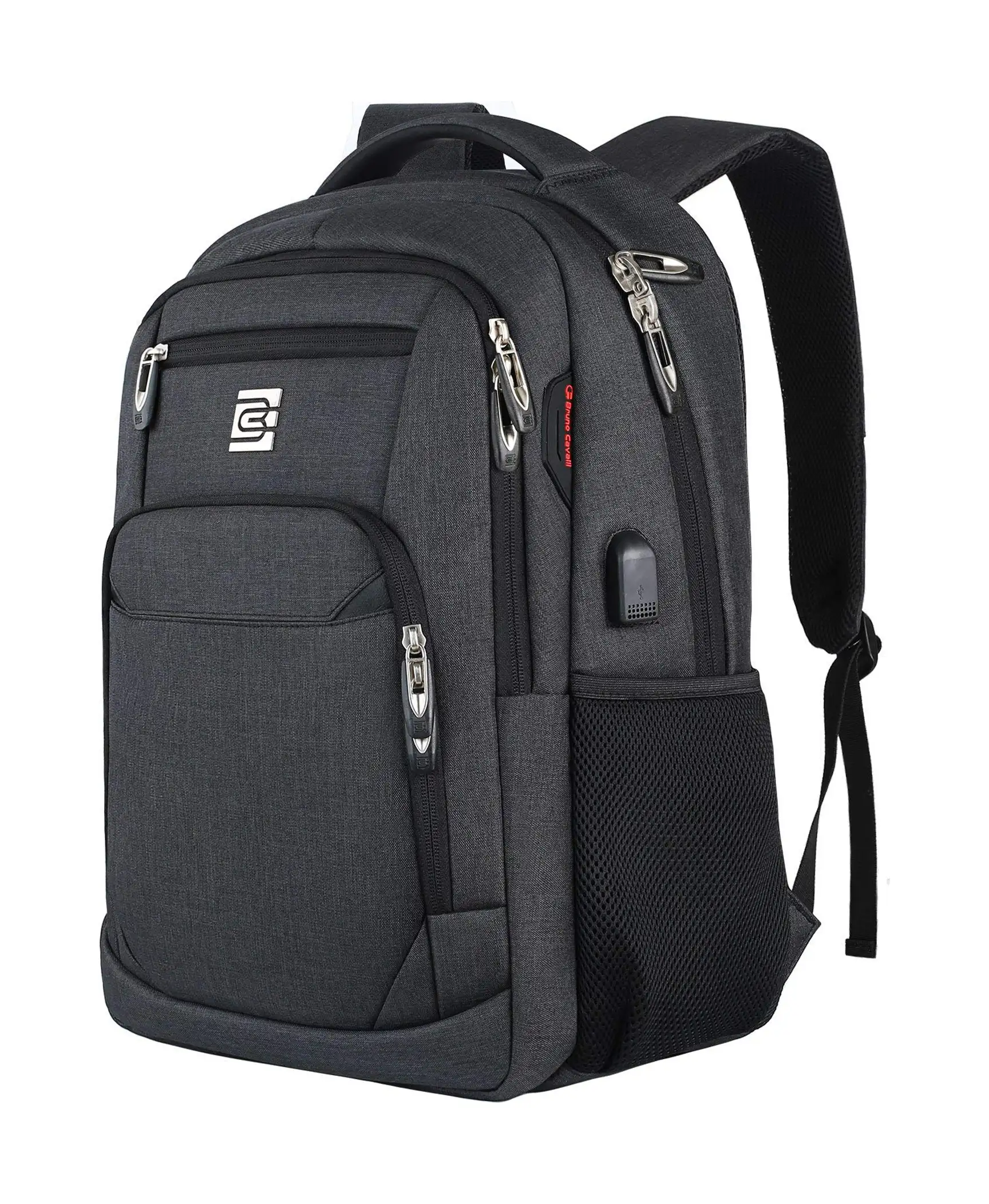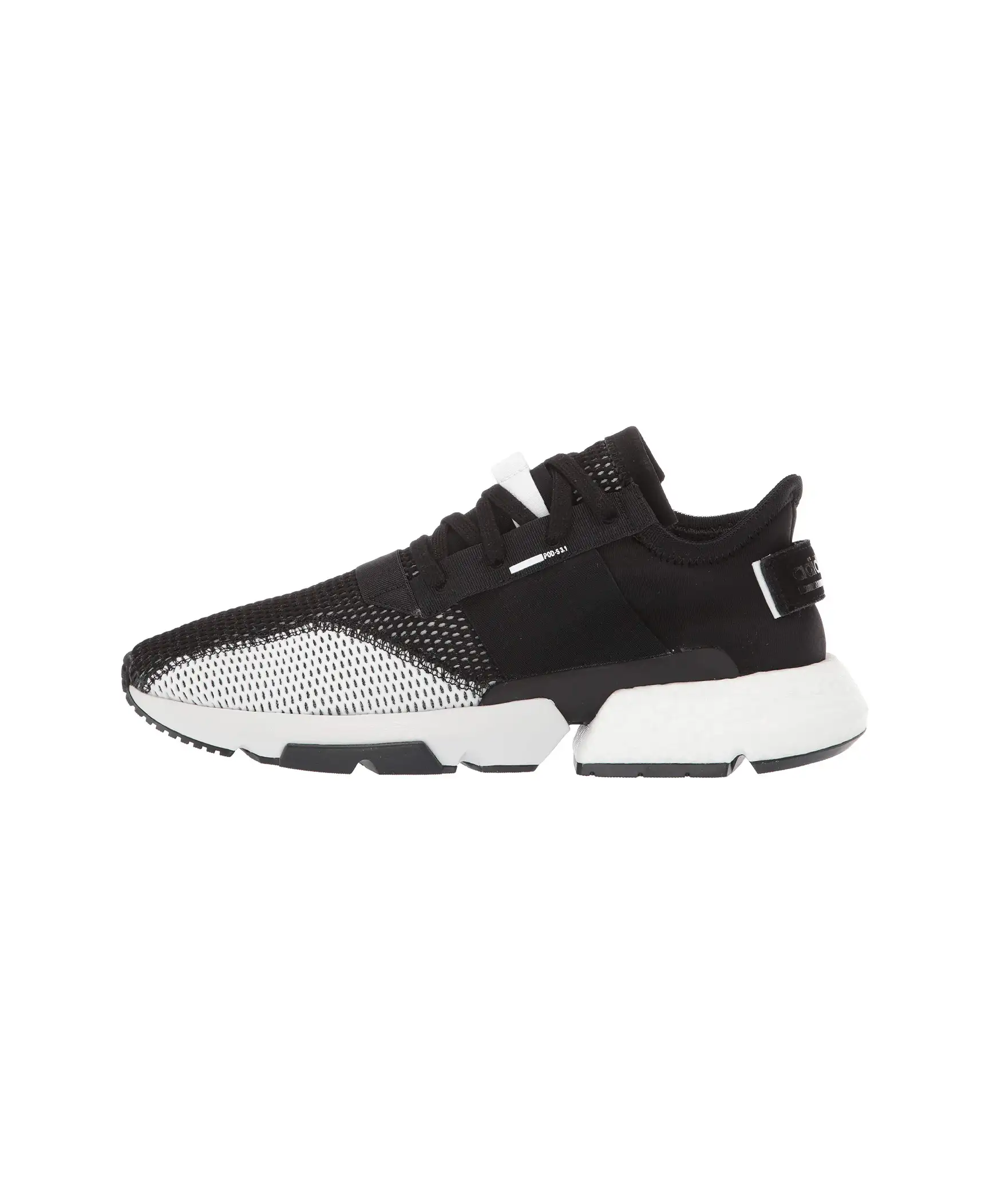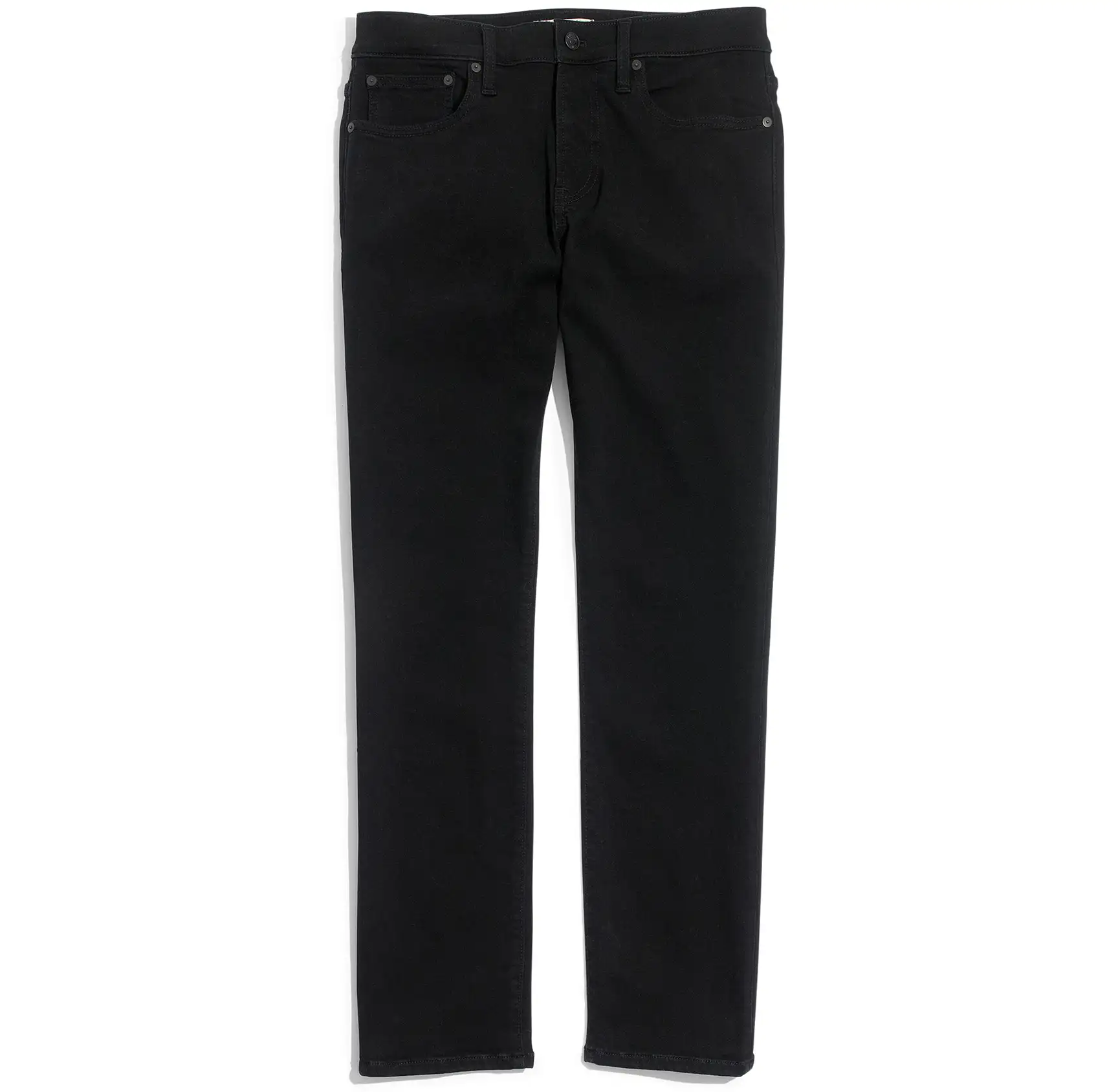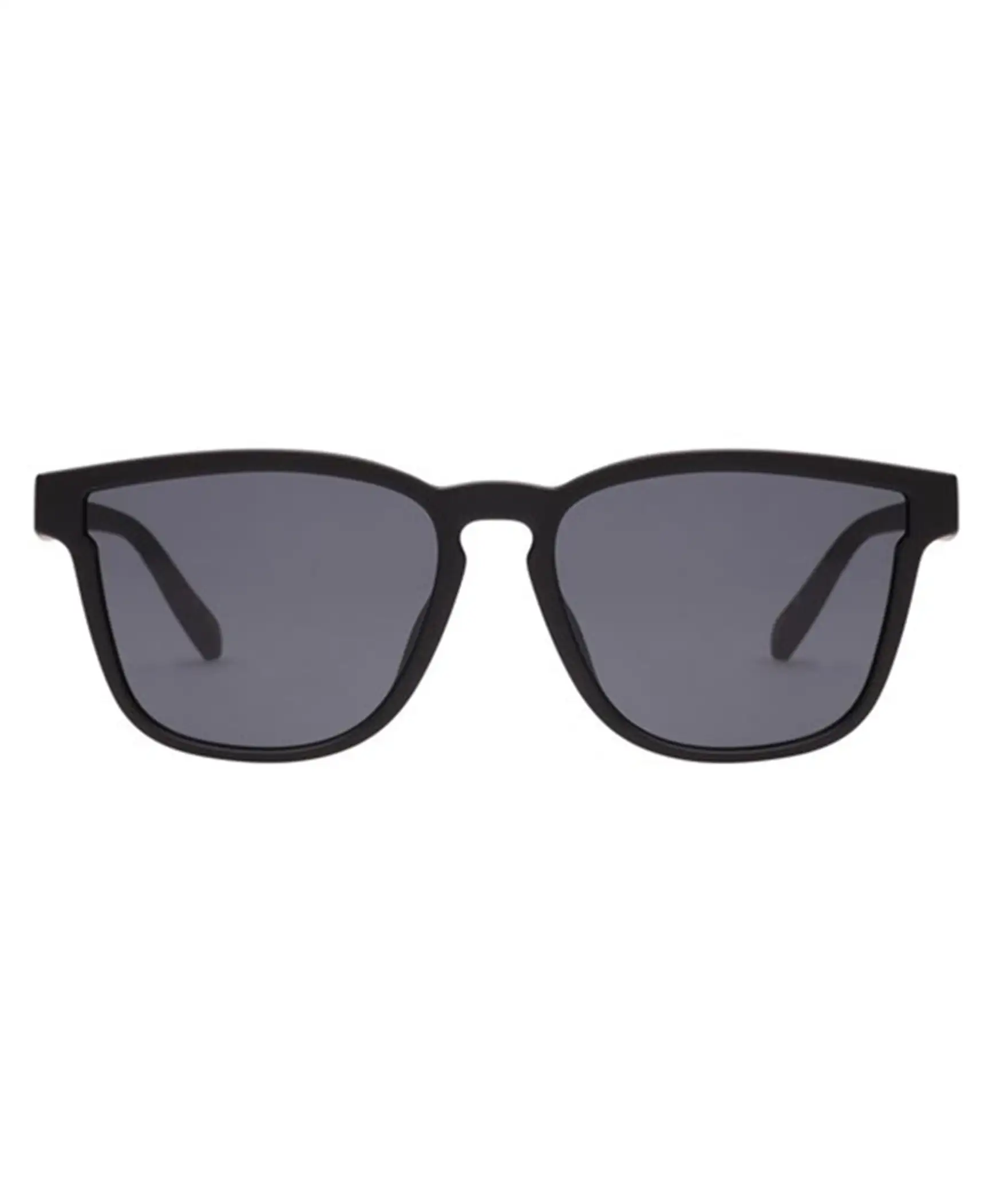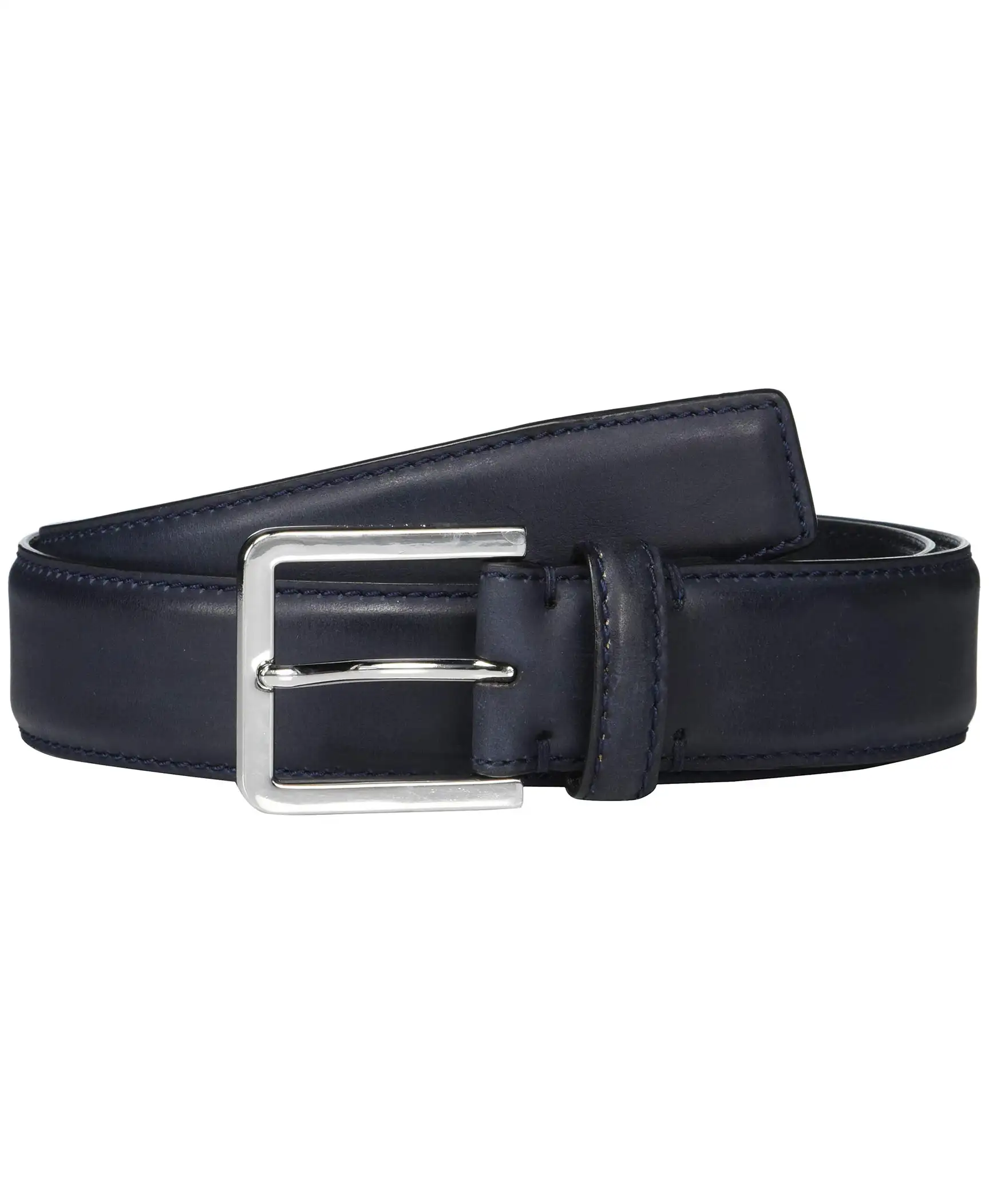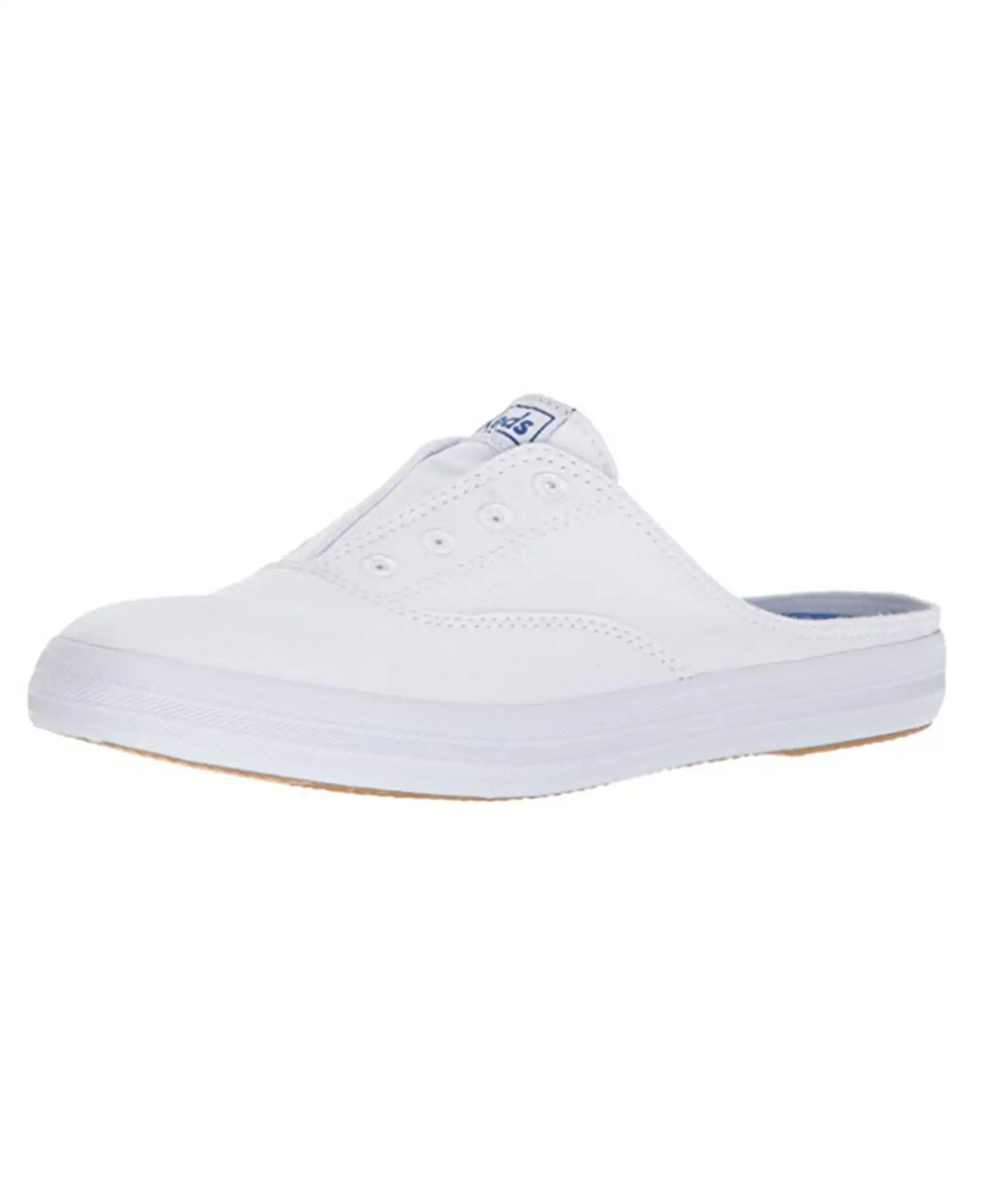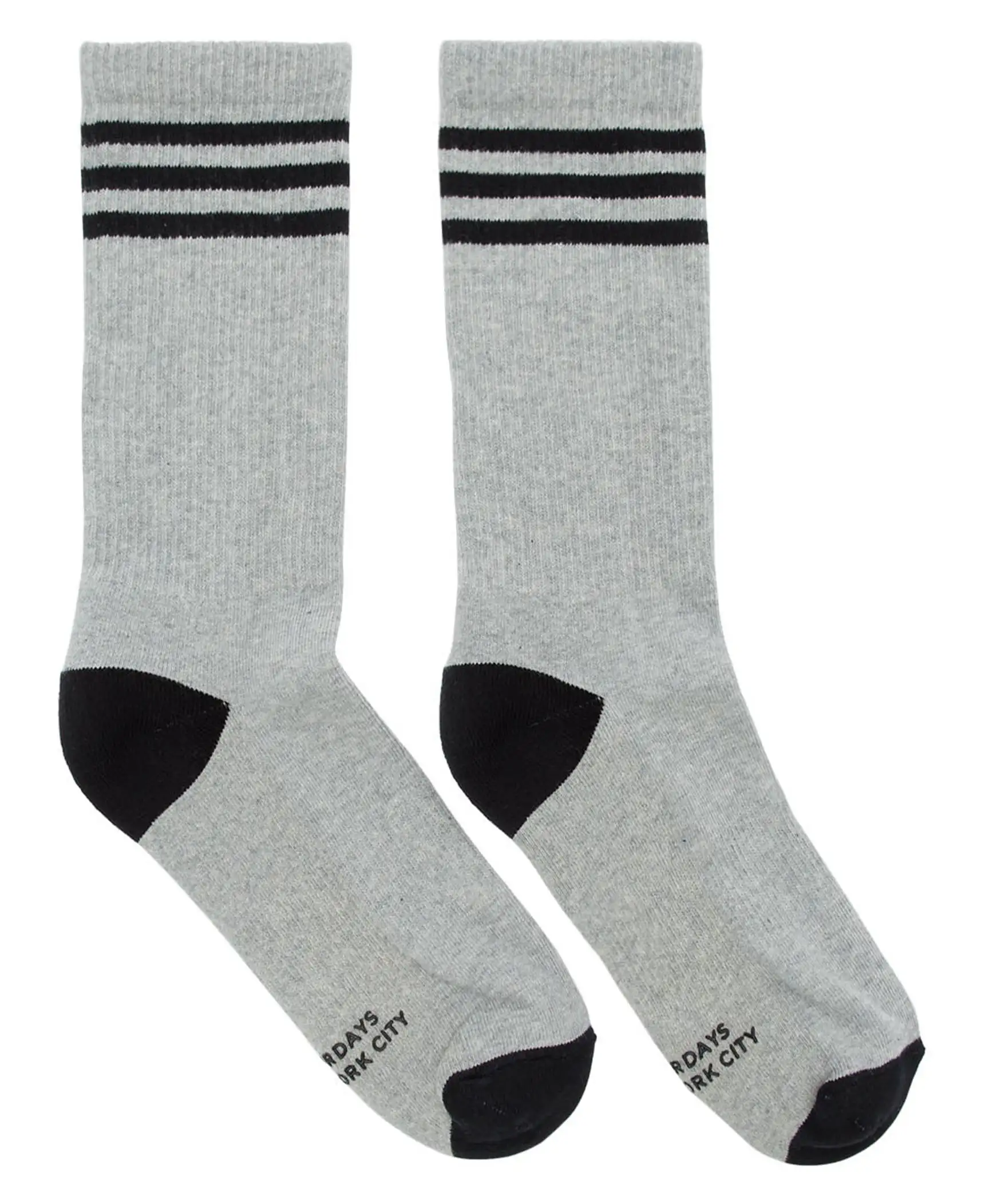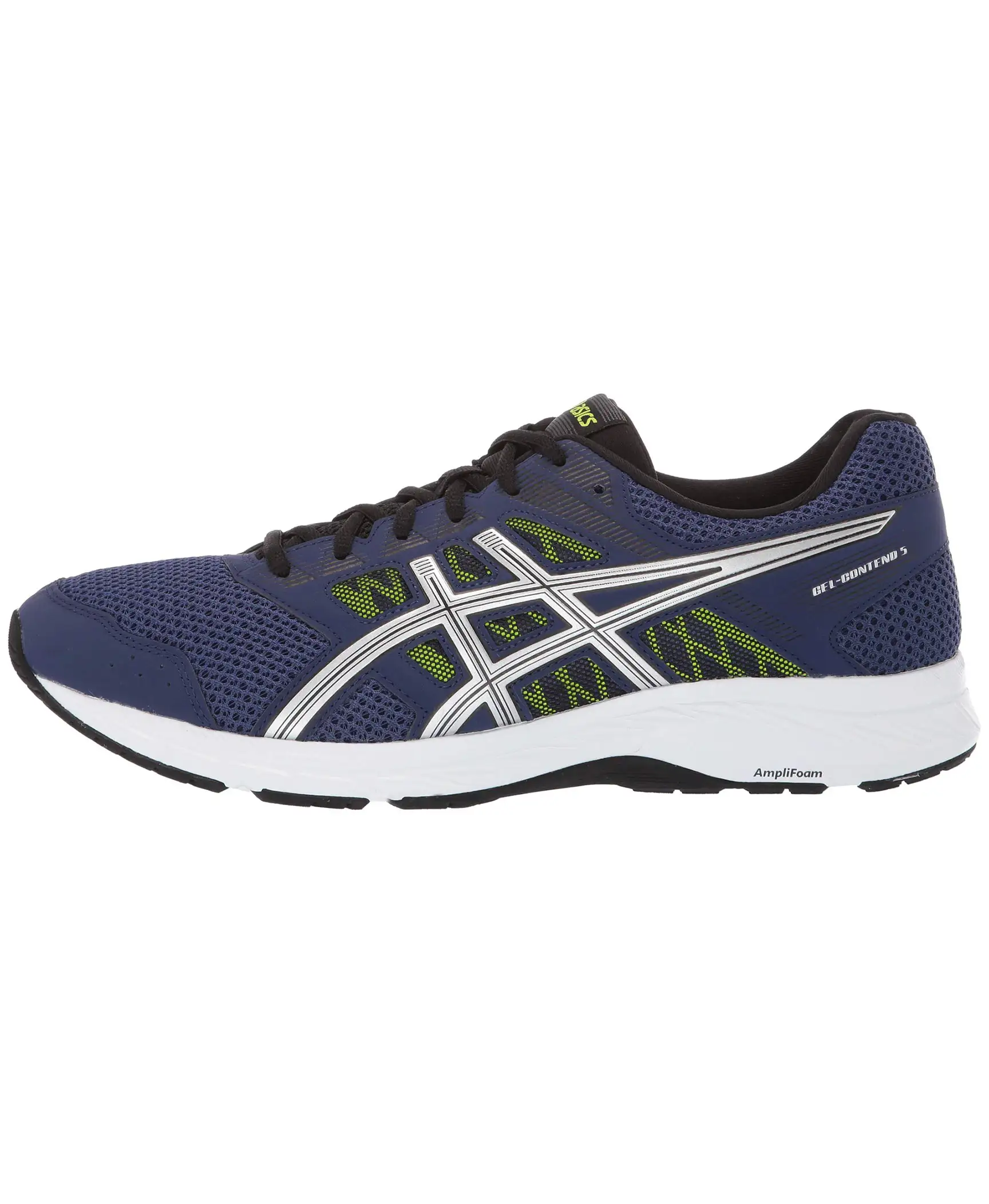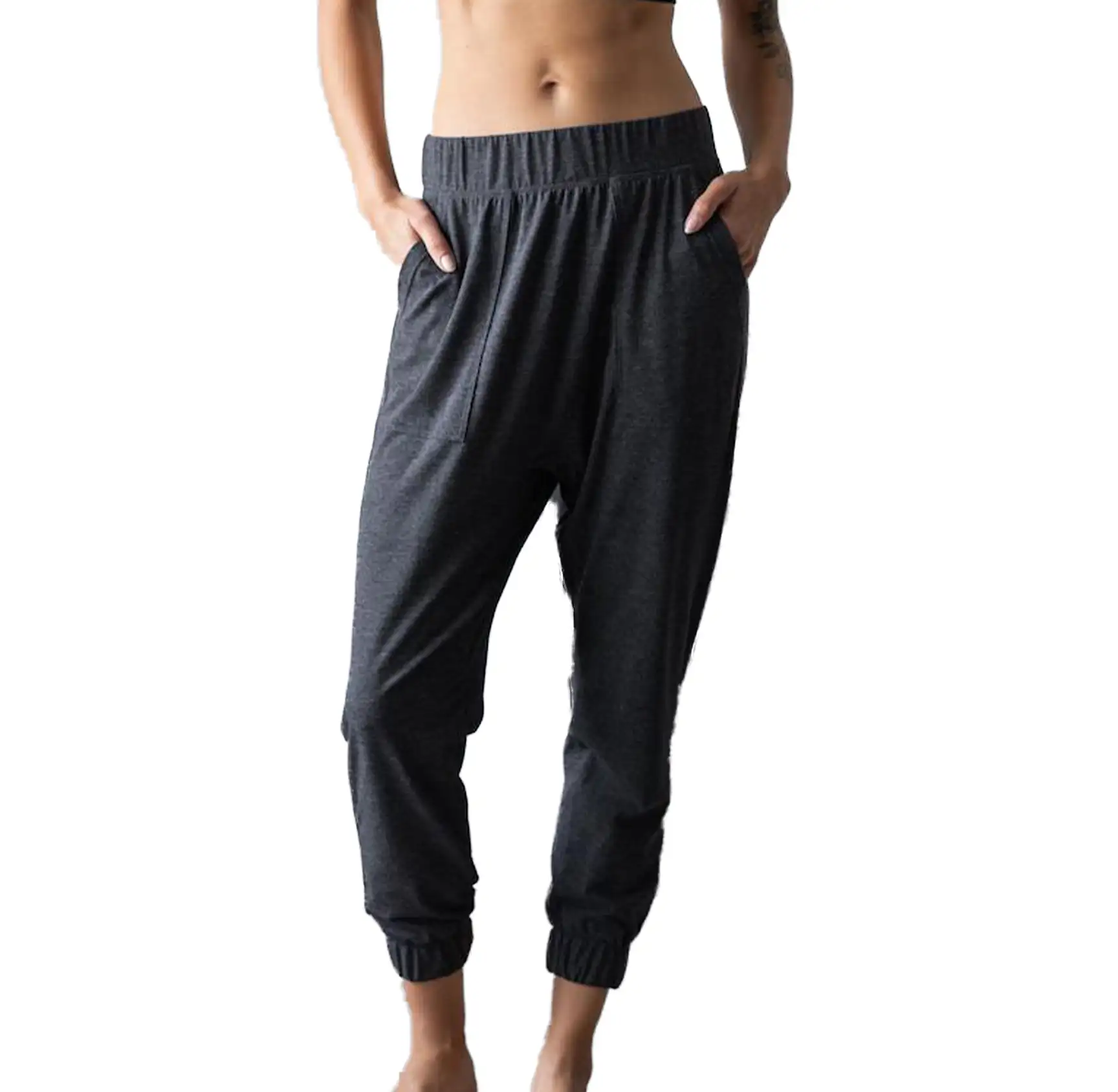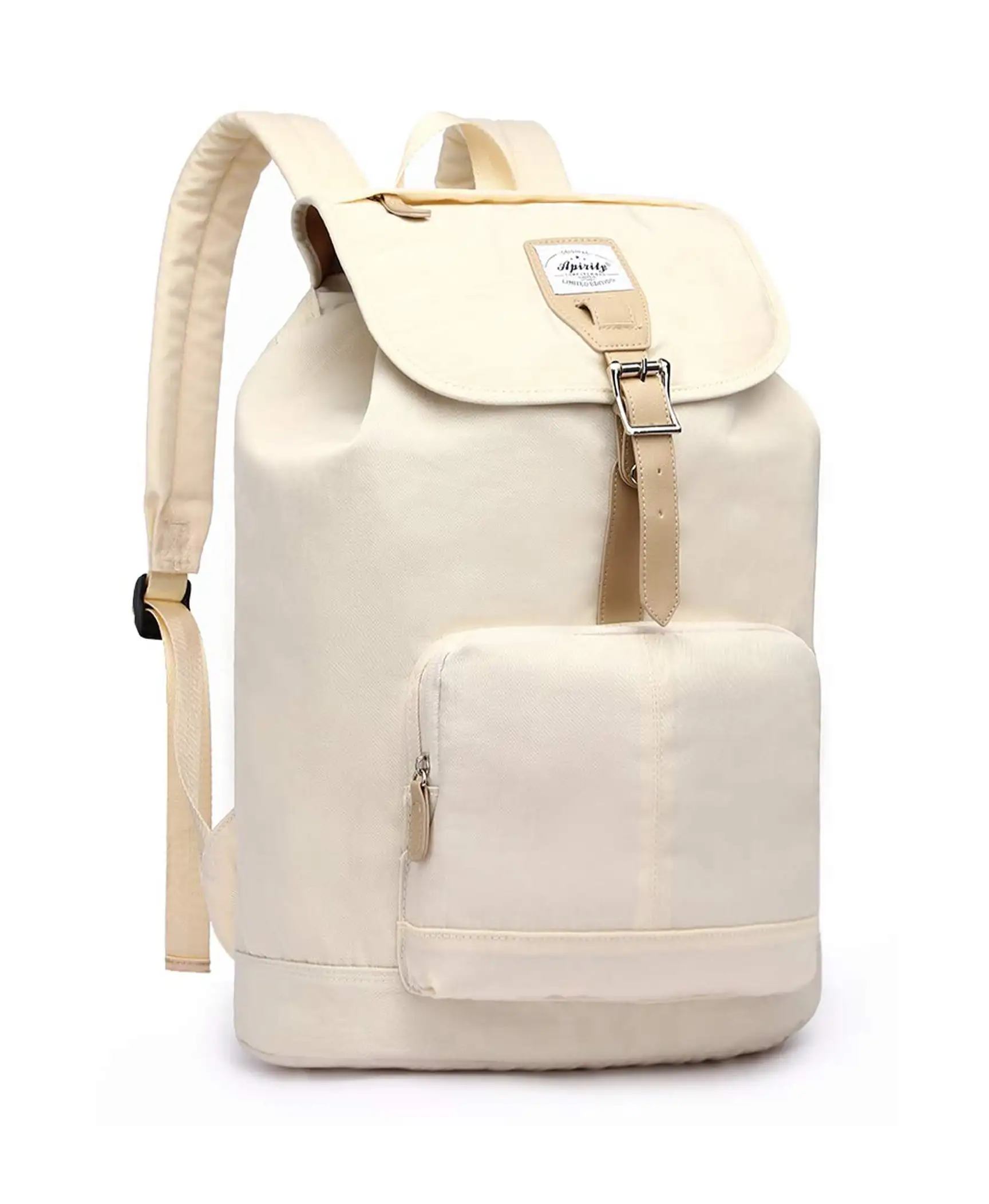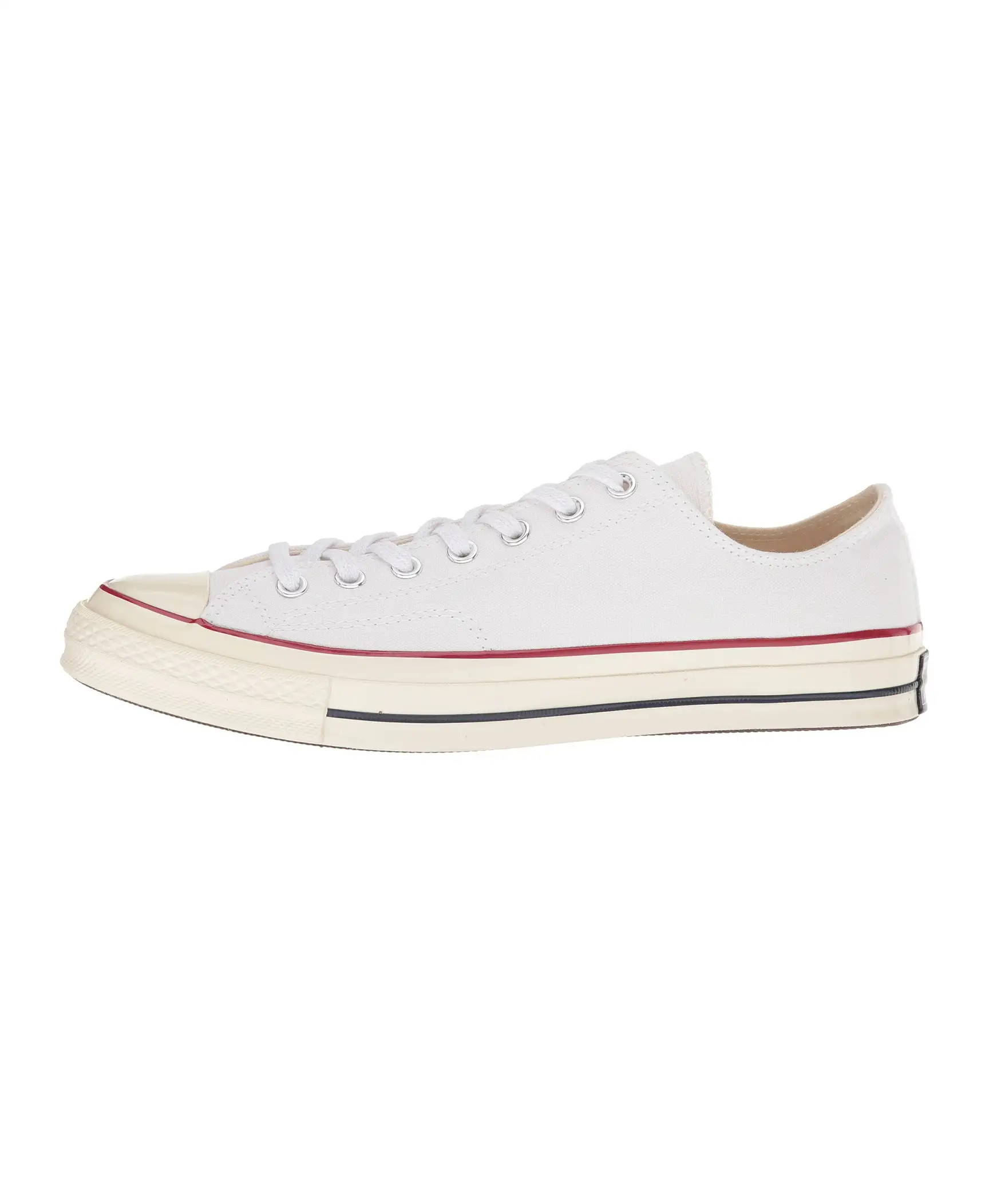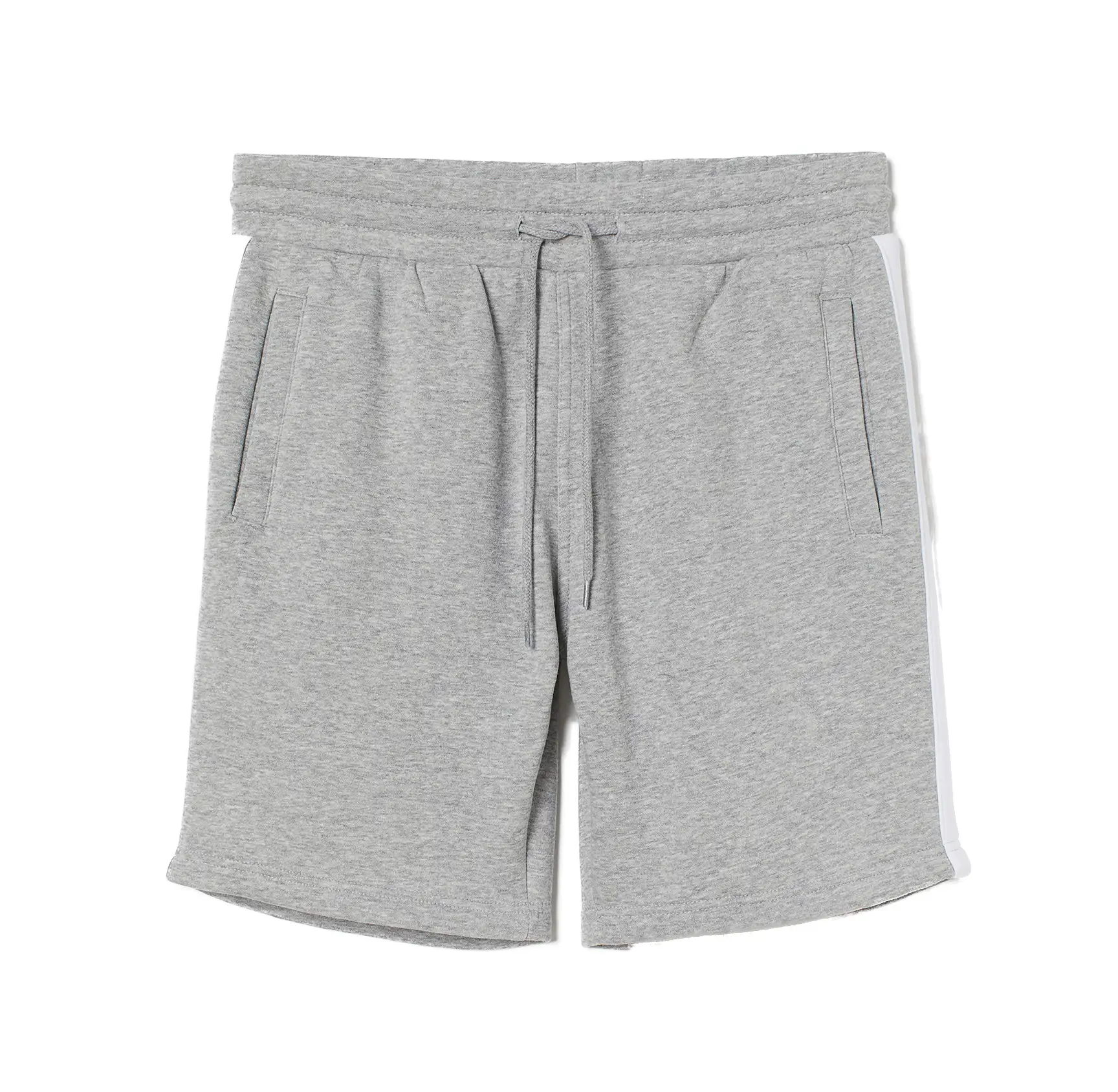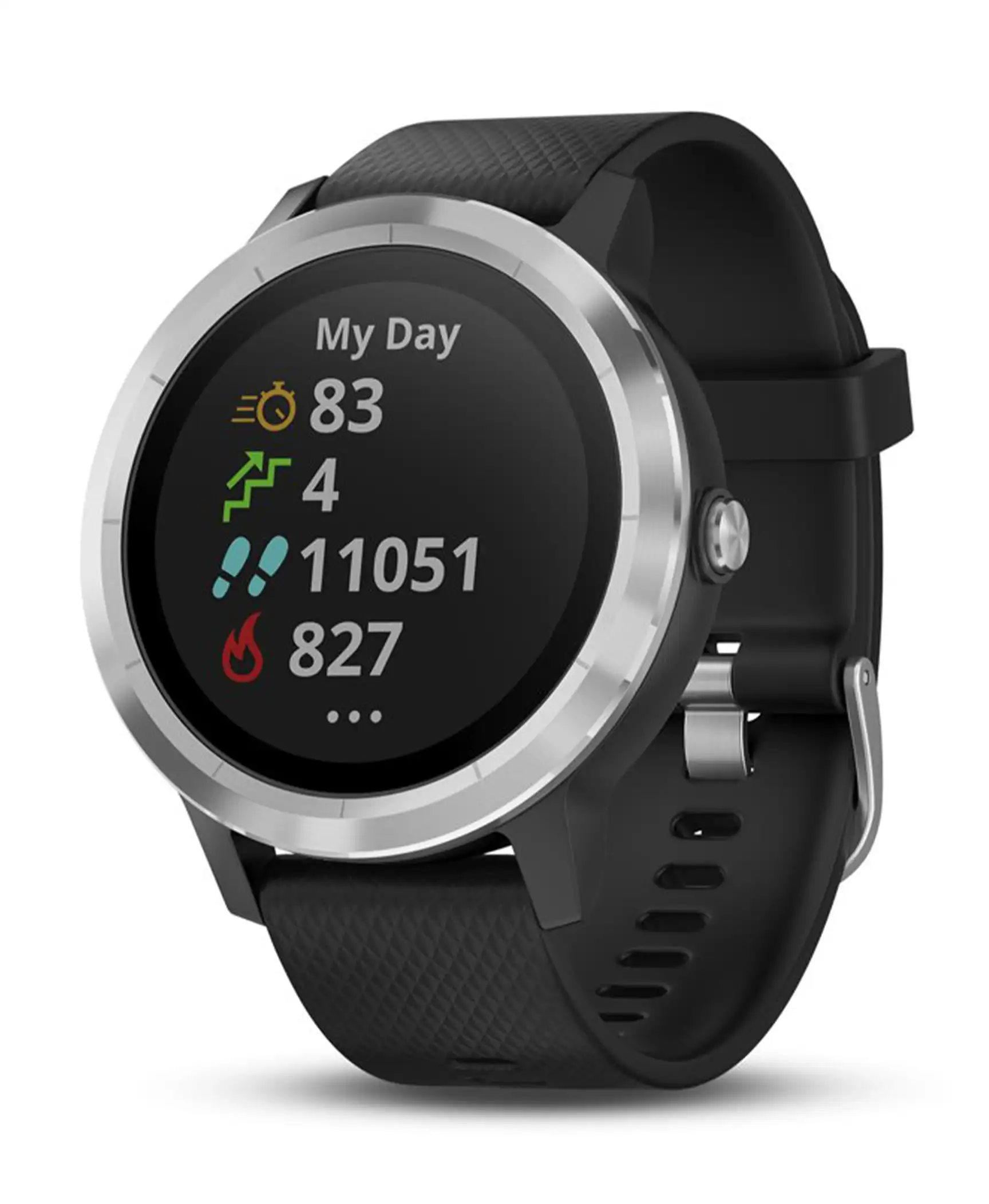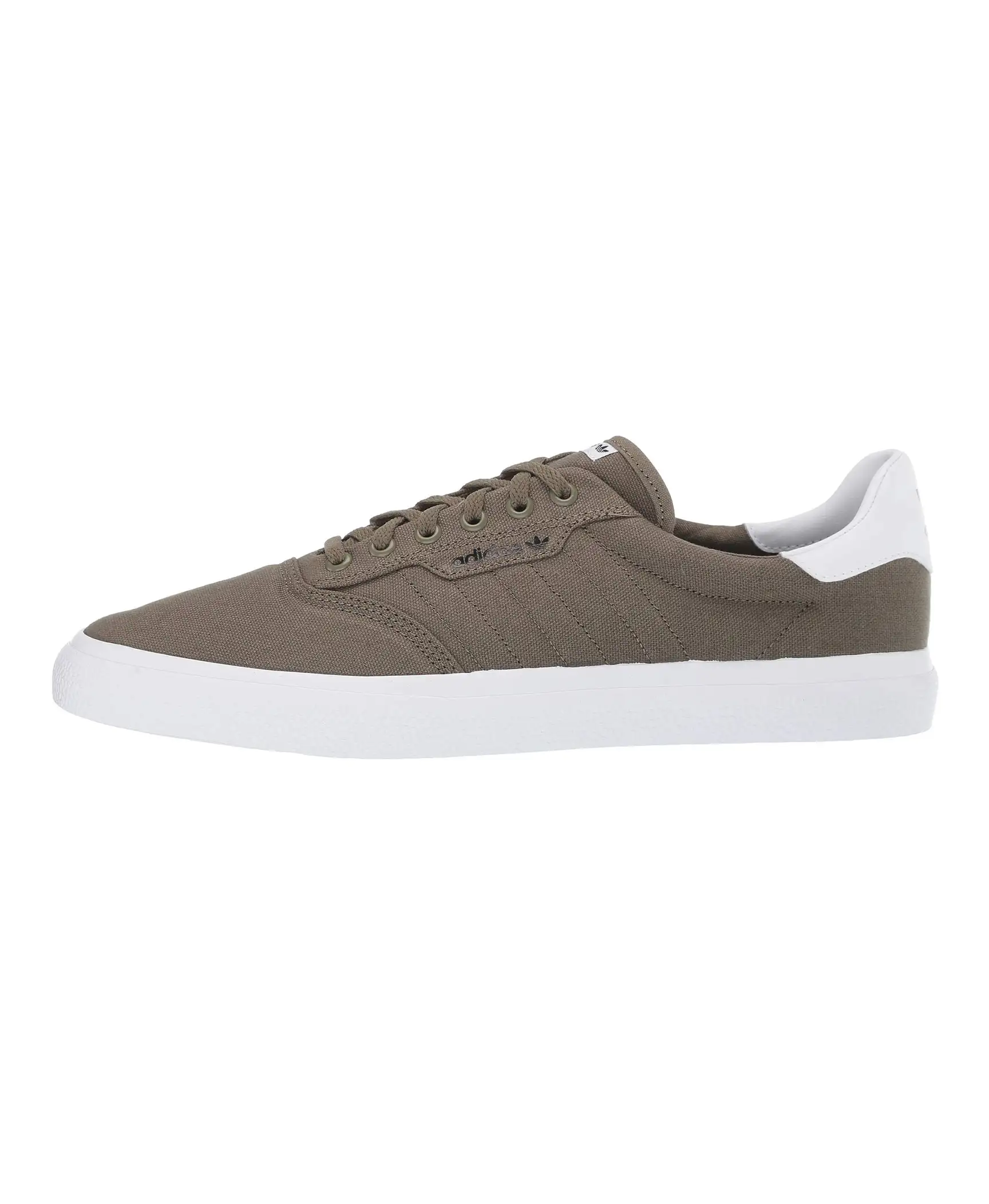Hearing a recent discussion concerning the world’s longest flights made me remember my first true long-haul flight to Sydney, Australia. About six hours into the 15-hour flight, I was feeling strong and confident. I clearly remember thinking, “Six hours down, nine to go. No sweat, I got this.”
Four long, boring hours later, it was a different story; you could have poured me into a bucket. “Five hours to go? I don’t got this.”
However, not all long-haul flights have to be miserable; on one direct flight from Tokyo to New York City, I was nearing the end of a book I was enjoying immensely, and remember distinctly thinking, “No, no, just a little more time!” when the pilot told us over the in-flight PA that we had started our final descent.
Below are 10 long flight tips for preventing boredom, dehydration, deep-vein thrombosis, sleep deprivation, and more—so you can confidently say “I got this” the next time you are imprisoned in a metal tube for an entire waking day of your life.
Upgrade
Use Your Frequent Flyer Miles
When traveling long-haul, you have no better friend on the planet than your frequent flyer miles. On the Tokyo-Newark flight I was disappointed to see come to an end, I enlisted the help of my travel agent to find flights on which I could burn up all of my miles to upgrade my entire trip. It meant catching puddle jumpers to my final destination in Japan (Gifu), but a couple of short extra flights were a small price to pay for 27 hours of first-class legroom, fully reclining chairs, edible meals, entertainment, and breathing space.
Bid For an Upgrade
Don’t have miles to burn? Consider bidding on an upgrade. Instead of giving empty front-cabin seats to elite frequent flyers, more and more airlines are selling upgrades to travelers on regular economy tickets. And there are a number of ways to do it more affordably than you might think.
Plusgrade is the current market leader in upgrade bidding systems. First, you buy an economy class ticket as you normally do. The airline notifies you, either at the time of purchase or by email or text, that your flight is open for a bid on an upgrade. You log onto your airline’s website and enter the amount you’re willing to pay for an upgrade, along with your credit card details. A few days before the flight, the airline notifies you whether or not it accepted your bid. If it did, it gives you a confirmed reservation and charges your credit card for the price of your bid. If not, you pay nothing more but remain in the cattle car.
Ask
Airline agents sometimes offer ad-hoc upgrades at check-in or even at the departure gate. On a trip from Los Angeles to London two years ago, a gate agent was selling upgrades to premium economy for $400. Even if no agent is actively touting upgrades, you can sometimes get a reasonably good deal by asking, “How much would it cost up upgrade?” at the check-in counter or departure gate. On an intercontinental trip you can expect to pay at least several hundred dollars.
Escape
You will want to have a rock-solid plan for frittering away several hours of your flight, and I don’t mean working; staring at spreadsheets and writing proposals may burn up hours, but it does not make them vanish. You want these hours to disappear almost without a trace. Think headphones and Hollywood blockbusters. Getting a lot of work done is fine—rarely do you have 15 consecutive hours without phone calls or texts to disrupt you, so I encourage bringing some work—but work will fail you when you get to the brutal middle hours of this ordeal. Headphones and Hollywood; don’t stray from this.
Fun things to do on a long flight include watching every movie, playing the games on your seatback TV, binging on your favorite shows, or listening to music or podcasts (download them onto your phone in advance). See also SmarterTravel’s list of the best airplane books; these page-turners can definitely kill a few hours.
Don’t Carry on Too Much Stuff
While checked baggage fees are inspiring travelers to carry on more and more stuff, on a long-haul flight this could burn you; anything that is under the seat in front of you just means less legroom and a more cramped living space for 15 or 16 hours. Don’t bring so much on that you compete for your own sleeping space. However, you do want to carry the essentials that will make the trip more comfortable, so don’t go so minimalist you forget key long-haul items.
Bring Your Go-to Gear
In general, I am not a gear guy. I can’t be bothered to lug around neck pillows, sleep masks, earplugs, noise-canceling headphones, etc.—except on a long-haul flight. As I noted above, your total carry-on haul should be limited, but you may want to consider some of these in-flight essentials. Your body and brain will thank you for every small comfort you can provide, and the inconvenience of packing and carrying these around is dwarfed by the misery of 15 hours in flight with crying children, pilot announcements, engine noise, and a major crick in your neck. Gear up.
Wear the Right Clothing
Unless you’re walking off the plane right into a business meeting, a long-haul flight is not the time to prioritize fashion over comfort. You’ll want breathable, loose-fitting clothes that let you move freely, shoes you can easily slip off, and an extra layer (such as a hoodie or pashmina) in case the plane is chilly. For more advice, see 18 Things You Should Always Wear on a Plane.
Another tip: Don’t wear contacts for the duration of a long-haul flight; instead, wear glasses. (Wearing contacts for 14 hours straight is unsafe, according to my ophthalmologist.)
Secure Your Stuff
A long-haul flight gives unscrupulous travelers plenty of time to size up the location of your wallet, wait until you fall asleep, and make a move on your luggage. Secure your valuables deep inside your bags where it would take a TSA X-ray machine to find them. And even if you don’t usually use a money belt for travel, for long-haul flights, you might consider keeping items like your passport, credit cards, and cash in a money belt under your clothes.
Consider a Sleep Aid
If you are planning to use sleep aids (including “natural” methods such as melatonin, over-the-counter sleeping pills such as Unisom, or prescription drugs such as Ambien), try them before you fly with them. A few years ago a friend gave me an Ambien pill for a red-eye flight from Honolulu to New York City, and the drug acted more like a stimulant than a sleep aid. I was awake the entire flight and felt wretched to boot. These drugs can vary greatly in how they affect individuals, so you will want to try them at home before you rely on them on the plane.
Dr. Timothy Hosea, team physician and Chair of the Sports Medicine and Research Committee for the United States national rowing teams, sometimes prescribes sleep aids for his athletes, but notes, “If you feel you need a sleep aid but haven’t used those drugs before, you should probably try taking Tylenol PM or Benadryl. A prescription is fine with your doctor’s approval, but don’t experiment on a long flight; [the plane won’t] stop for you!”
Dr. Hosea also says that, as the team doctor, he does not take any medication while flying with the squad in case someone needs care. “I bring a book, watch the movies, and try to let the flight pass,” he says. His approach is appropriate for other travelers who need to have their wits about them, such as folks flying with children, for example. If someone could potentially need you to be 100 percent during the flight, you should forgo any sleep medication. For more advice, see Sleeping on Planes: 13 Tips for Travelers.
A couple of hard-earned tips: First, don’t deprive yourself of sleep the night before a flight, hoping to sleep the entire way. As attractive and intuitive an idea as this seems, you are in for a world of hurt if you can’t sleep for any reason. You will be on the plane long enough to catch a few winks even if you are somewhat rested, and my advice is to take it when it comes; if your eyes start to droop, get out the eye covers and earplugs, and go with it. If you throw away a solid two-hour nap on a few extra rounds of Angry Birds, you might be angry at yourself later.
Secondly, sticking to your usual pre-bedtime routine can sometimes help you prepare your body for sleep. To learn more, see The One Thing You Need to Do on a Red-Eye Flight.
Use SeatGuru
On the flight back from Sydney mentioned above, I called ahead to get my seat reassigned to an exit row—big mistake. Unbeknownst to me, the exit row seat I chose was a window seat at one of the big, thick exit doors, which encroached on my leg area such that I had to sit sideways in the seat for the entire flight. It was also more like an “exit aisle,” located right at a restroom, so there was endless and noisy foot traffic the entire flight. I was lucky that the rest of the row was empty, but it wasn’t much help; the armrests did not go up, so I couldn’t lie across the three seats in the aisle.
Needless to say, mine would have been a “yellow” or even “red” seat on the SeatGuru seating chart if it had existed back then (the site, SmarterTravel’s sister site, launched soon after that flight). Eventually I went around the aircraft collecting all the unused pillows and blankets I could find, piled them up in each of the three seats, and created a workable (but in truth not very comfortable) platform across all three seats—and got a very few winks of sleep during the flight. I guess it was comical, as friends all took pictures of me during the flight for their amusement. Glad you had a fun flight, guys.
Before you choose, think hard about your usual preference of exit vs. aisle seat; it may be different on a long-haul flight than on a shorter flight. If you usually choose an aisle seat, consider whether you want your long, Ambien-enhanced sleep to be interrupted by others in your row; similarly, if you usually choose a window, you could get trapped in there by a snoring person in a prescription drug-induced stupor. To learn more, see 10 Ways to Get the Best Airplane Seat.
Ask About Seats at the Gate
Failing the ability to choose great seats before your flight, try again at the gate. If the flight is not full, the gate agent may be able to see an empty row or put you and a traveling partner in a “window and aisle” configuration that reduces the likelihood of having someone sit in the middle seat, thereby getting you a seat and a half, at least. In general, if you’re worried about your seat selection, it’s never a bad idea to ask (politely) at the gate. Even if you aren’t able to move seats, you’ll have the peace-of-mind of knowing you tried.
Take Care of Your Health
Hydration: If you think hydration is a concern on a cross-country flight, try tripling or quadrupling your time in the air; you might as well spend 15 hours lying on the desert floor. Imagine you are going to walk from Flagstaff to Winona, Arizona. How much water would you bring? Try to drink about that much on a lengthy transpacific or transatlantic flight.
Dr. Hosea recommends drinking “electrolyte solutions, Gatorade being the best known, instead of solely water.” Hosea says that maintaining electrolyte balance is important and that you don’t want to become completely diluted with water, particularly for older folks or people with other medical problems.
Deep vein thrombosis: DVT, the formation of blood clots in deep veins, is a known (if occasionally overstated) risk on longer flights. According to the National Institutes of Health, the risk of developing DVT increases when flights go longer than four hours. The NIH’s tips include walking up and down the aisles of the plane; moving, flexing, and stretching your legs to encourage blood flow, especially in your calves; wearing loose and comfortable clothing; drinking plenty of fluids; and avoiding alcohol. Also, if you’re at increased risk for DVT, your doctor may recommend wearing compression socks while traveling or taking a blood-thinning medicine before you fly.
Dr. Hosea notes that the combination of being immobile along with the effects of dehydration increases the risk of DVT on long flights. He strongly recommends the following during long trips:
- Hydrate well the night before the flight, preferably with electrolyte drinks.
- Don’t drink alcohol the night before the flight.
- Avoid diuretics such as coffee, soft drinks, and even chocolate (all of which contain caffeine).
- If you have no issue with ulcers, take a baby aspirin the night before and day of your flight.
- Get an aisle seat or exit row so you can get up and walk around whenever possible.
Susan Francia, an Olympic gold medalist in rowing, has taken to wearing compression socks on long flights to competitions, although she has stopped short of wearing a full body suit. (Hosea discounts the need for the body suit as well: “You are really worried only about your ankles and calves.”) Francia has noticed a positive effect from the compression socks, which Hosea notes can be simple “support hose.”
Colds, the flu, bacteria, etc.: As I wrote in Avoiding the Airplane Cold, it isn’t “air quality” that is of concern when you are flying, or recycled air, or anything of the sort—it is your body’s compromised ability to deal with normal bacteria and viruses that puts you in danger of getting sick after a flight.
That is not to say that the general environment on a plane doesn’t add to your risk of getting sick. Recent studies have found that the water coming out of aircraft sink faucets is often rife with bacteria from sitting in murky holding bins; that the seats, pillows, and blankets on planes are more germ-ridden than your laundry basket; that your tray table is probably dirtier than your own bathroom floor; and that the seatback pockets—well, you don’t even want to know, apparently.
Francia recalls a flight on the way to the Rowing World Championships last year where she considered wearing a face mask; the entire U.S. rowing team had contracted the swine flu on a World Cup trip earlier that summer, and she was being cautious. Francia asked a flight attendant what she thought. “Good idea, but it won’t help,” was the verdict. There is just too much stuff all around you to win that war. In the end, your best strategy is to bring along some bacteria-killing wipes, clean up your seat area as best you can, wash your hands regularly, and relax; there’s not much more you can do.
Let’s face it: electrolytes, compression socks, movie after movie, and aspirin don’t change the fact that you are stuck inside a metal can for a whole day. Just keep reminding yourself that this too shall pass—although I recommend saving your “I got this” until the wheels touch the ground.
What to Wear on a Long-Haul Flight
More from SmarterTravel:
- 9 Travel Kits That Will Make a Long Flight Bearable
- The 10 Best Flight Search Sites for Booking Cheap Airfare
- 10 Things Not to Do When Checking a Bag
Editor’s note: This story was originally published in 2017. It has been updated to reflect the most current information. Ed Perkins and Dara Continenza contributed to this story.
We hand-pick everything we recommend and select items through testing and reviews. Some products are sent to us free of charge with no incentive to offer a favorable review. We offer our unbiased opinions and do not accept compensation to review products. All items are in stock and prices are accurate at the time of publication. If you buy something through our links, we may earn a commission.
Related
Top Fares From
Today's Top Travel Deals
Brought to you by ShermansTravel
Porto to Lisbon: 7-Nt, Small-Group Portugal...
Indus Travels
 vacation
$1899+
vacation
$1899+
Greenland: Luxe, All-Incl. 11-Nt Exploration Small-Ship...
Swan Hellenic



Ohio: Daily Car Rentals from Cincinnati
85OFF.com


